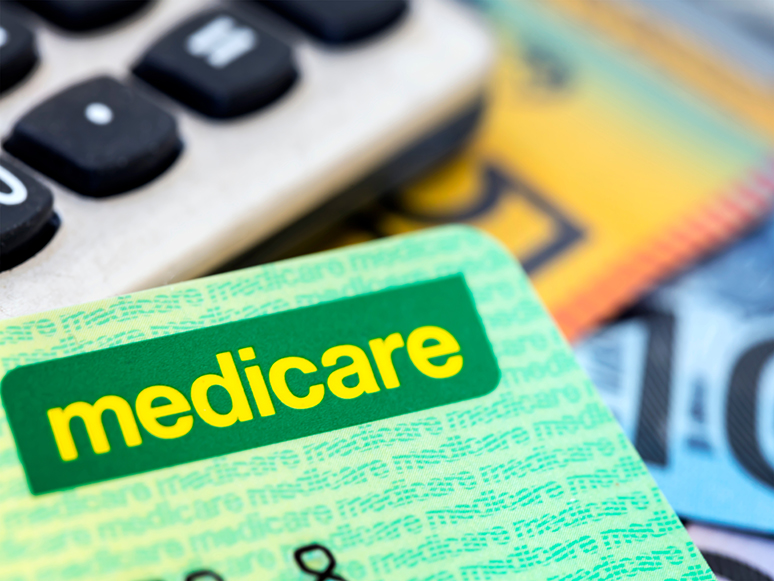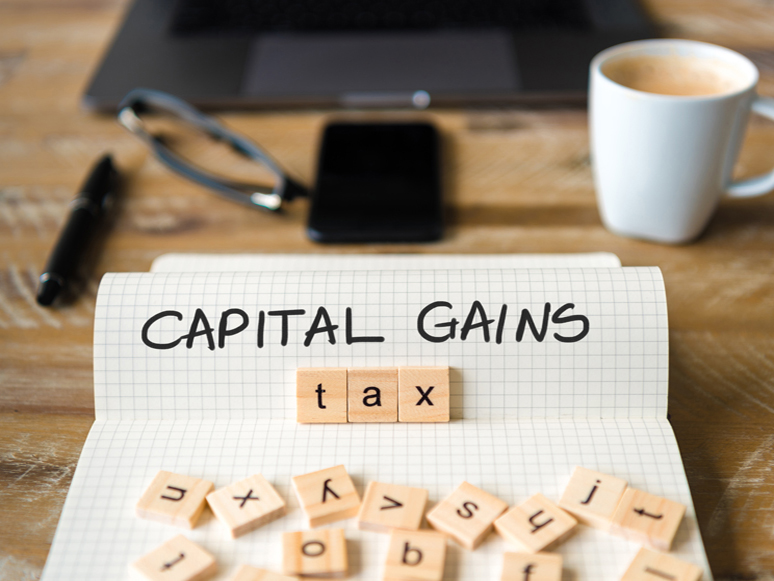logo


13th Mar, 2022

The ATO has recently finalised its stance on the issue of commercial debt forgiveness – in particular, the “natural love and affection” exclusion.
A commercial debt is any debt where interest payable is deductible, or would be deductible if interest were payable, but for certain statutory restrictions. Under the commercial debt forgiveness provisions, if a taxpayer’s obligation to pay their debt is released, waived, or otherwise extinguished, the amount forgiven will be deducted from the taxpayer’s current and future tax deductions. Specifically, the amount forgiven will reduce prior-year revenue losses, prior-year net capital losses, undeducted balances of other expenditure being carried forward for deduction, and the CGT cost base of other assets held, in that order.
Given that forgiving commercial debts may mean a business will have to pay more tax, it can be advantageous if debts the business has forgiven are not captured under the commercial debt forgiveness provisions. The exclusions available include forgiveness of some debts relating to bankruptcy or by will, and a person’s forgiveness of a debt for reasons of natural love and affection for the debtor.
The natural love and affection exclusion to commercial debt forgiveness previously didn’t require the creditor who forgave a debt to be a “natural person”. This meant that a company, through its directors, could forgive the debts of an individual, giving the reason of natural love and affection for the individual, and this would not have been considered a commercial debt forgiveness, meaning a lower tax bill for the company.
In February 2019 the ATO released a draft determination which explicitly stated that the exclusion for debts forgiven for reasons of natural love and affection requires the creditor to be a natural person. This has recently been confirmed in the finalised determination.
While the ATO states that a debt-forgiving creditor must be a natural person and the object of their love and affection must be one or more other natural persons, there is no requirement that the debtor must also be a natural person. For example, this means that the exclusion could apply in circumstances where the debtor is a company, such as where a parent forgives a debt they are owed by a company that is 100% owned by their child or children.
According to the ATO, whether a creditor’s decision to forgive a debt is motivated by natural love and affection for a person needs to be determined on a case-by-case basis.
13th Mar, 2022

Businesses that need a little more financial help will have one last opportunity to claim the loss carry-back in their 2021–2022 income tax returns. And businesses that have an early balancer substituted account period (SAP) for the 2021-22 income year are eligible to claim the loss carry-back offset before 1 July 2022.
The loss carry-back is a refundable offset that effectively represents the tax that the business would save if it had been able to deduct the loss in an earlier year using the loss year tax rate. It may result in a cash refund, a reduced tax liability, or reduction of a debt owing to the ATO. Eligible businesses include companies, corporate limited partnerships and public trading trusts.
A business may be eligible if it made a tax loss in 2021, carried on a business with an aggregated turnover of less than $5 billion, had an income tax liability in 2019 or 2020, and has met all of its lodgment obligations for the five prior income years.
Loss carry-back can either be claimed through standard business reporting enabled software, where it has the additional loss carry-back labels required, or by using the paper copy of the company tax return 2021 and attaching a schedule of additional information to report the extra aggregated turnover and loss carry-back labels required.
The ATO has developed a loss carry-back tax offset tool to assist businesses claiming the loss carry-back before 1 July 2022. Once all of the relevant information is provided, the tool will first determine whether the business is eligible to claim the loss carry-back tax offset, then calculate the maximum amount of tax offset available. It will also provide a printable report of the labels which will need to be completed.
13th Mar, 2022

The ongoing COVID-19 pandemic has caused uncertainty in many parts of the economic and has led to what many experts term a “two-speed economy”: while some businesses are recovering well, others continue to suffer from the effects. If your business has had issues paying debts, or you’ve prioritised trade debts ahead of tax debts, it’s important to remember that it may lead to penalties and have a lasting impact on the business.
The best option is to engage with the ATO to manage business debts. Failure to get in touch with the ATO to come to an arrangement will not only affect the potential penalties imposed, but may also affect your business’s credit score.
Laws were passed in 2019 which allow the ATO to disclose information about overdue business tax debts to credit reporting agencies. The intended effects include reducing unfair financial advantages obtained by businesses that do not pay their tax on time, and encouraging businesses to engage with the ATO to manage their tax debts to avoid having those debts disclosed.
To protect taxpayers, the laws passed contained some safeguards. Not all tax debts can be disclosed, and even if a business debt satisfies the requirements for reporting, where exceptional circumstances apply to the situation the ATO may still have the discretion to not report the debt information to credit reporting agencies. “Exceptional circumstances” may include, but are not limited to, family tragedy, serious illness and the impact of natural disasters. The ATO will assess claims of exceptional circumstances on a case- by-case basis.
General cash flow issues or financial hardship are not considered to be exceptional circumstances, but if you’re experiencing these issues it’s best to make contact with the ATO as soon as possible.
Before any debt is disclosed to credit reporting agencies, the ATO must send your business a written notice setting out the criteria that the business has met and the debt information that will be disclosed. The letter will also outline the steps to avoid having the tax debt reported, which you need to take within 28 days of receiving the notice.
13th Mar, 2022

According to the Australian Securities and Investments Commission (ASIC), there has recently been a surge of promoters encouraging individuals to set up self managed superannuation funds (SMSFs) in order to invest in crypto-assets. ASIC warns people to be aware that while crypto-asset investments are allowed for SMSFs, they are high risk and speculative, as well as being an attractive area for scammers targeting uninformed investors.
For example, late last year ASIC moved to shut down an unlicensed financial services business based on the Gold Coast that promised annual investment returns of over 20% by investing in crypto-assets through SMSFs.The money obtained was not invested, but instead allegedly used by the directors of the business for their own personal benefit, including acquiring real property and luxury vehicles in their personal names.
Professional advice should always be sought before deciding on whether an SMSF is appropriate for your circumstances, as there are risks involved in being the trustee of an SMSF, and any SMSF established must meet the “sole-purpose” test.
Remember, SMSF trustees bear all the responsibility for the fund and its investment decisions complying with the law, and breaches may lead to administrative or civil and criminal penalties. This is the case even if you (as the trustee) rely on the advice of other people, licensed or otherwise.
SMSFs are not generally prohibited from investing in crypto-assets – if you do decide, after receiving appropriate advice, that investing in crypto-assets through an SMSF is right for your situation, you can do so.
If you do decide to invest in crypto-assets, whether through an SMSF or as an individual investor, it’s also important to keep accurate records and ensure you report any related income to the ATO.
The ATO’s legal power to gather information is extensive and includes the power to physically enter any place and inspect any document, good or other property – this extends to a physical cryptocurrency wallet. The ATO is also permitted by law to amend a taxpayer’s tax return for an unlimited period where it considers fraud or evasion has occurred – and deliberate non-reporting of gains made from disposals of crypto-assets would meet this description.
16th Dec, 2021

The ATO has announced the extension of its Medicare exemption statement data-matching program. This program has been conducted for the last 12 years, and has now been extended to collect data for the 2021 through to 2023 financial years. It is estimated that information relating to approximately 100,000 individuals will be obtained each financial year.
If you live in Australia as an Australian citizen, a New Zealand citizen, an Australian permanent resident, an individual applying for permanent residency or a temporary resident covered by a ministerial order, then you are eligible to enrol in Medicare and receive healthcare benefits. However, this also means you need to pay Medicare levy at 2% of your taxable income to partly fund the federal scheme.
The Medicare exemption statement (MES) is a statement that outlines the period during a financial year that an individual was not eligible for Medicare. It can be obtained from Services Australia. Individuals who are not eligible for Medicare will then be exempt from paying the Medicare levy in their tax returns.
The information that will be obtained as part of the ATO’s extended data-matching program includes MES applicants’ identification details, entitlement status and approved entitlement period details.
In previous years of this data-matching program, the ATO was able to verify around 87% of the Medicare exemptions claimed in individual tax returns without needing to contact the taxpayers directly. However, the remaining 13% of taxpayers (around 11,000 individuals) who claimed Medicare exemptions were subjected to ATO review.
16th Dec, 2021

Recently, the ATO has noticed that some larger and wealthier businesses have mistakenly claimed small business capital gains tax (CGT) concessions when they weren’t entitled. By incorrectly applying the concessions, these businesses were able to either reduce or completely eliminate their capital gains. The ATO has urged all taxpayers that have applied the small business CGT concessions to check their eligibility. Primarily, this means that the business should meet the definition of a CGT small business entity or pass the maximum net asset value test.
Australia’s tax law provides four concessions to enable eligible small businesses to eliminate or at least reduce the capital gain on a CGT asset, provided certain conditions are met.
To be eligible to apply these CGT concessions, the business must have a maximum net asset value of less than $6 million. Failing that, the business must qualify as a “CGT small business entity”. That is, it must be carrying on a business, and have an aggregate turnover of less than $2 million.
The CGT asset that gives rise to the gain must be an active asset, which just means it is an asset used in carrying on a business by either you or a related entity. Shares in a company or trust interests in a trust can also qualify as active assets.
Once the basic conditions are satisfied, your small business can choose to apply one or all of the four CGT concessions provided the additional conditions to each concession is also met. Meeting all the conditions means that the concessions can be applied one after another, in some cases eliminating the entire capital gain.